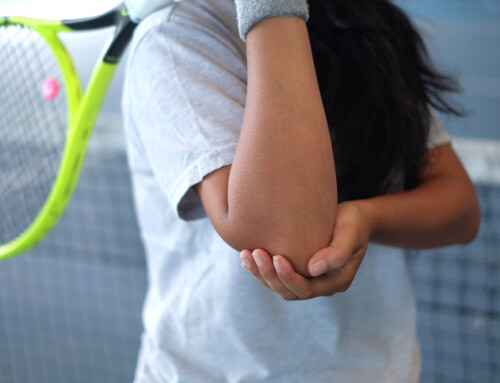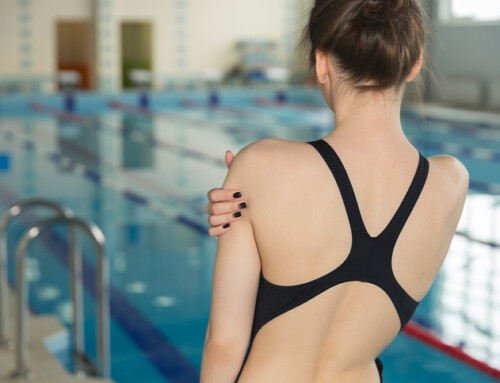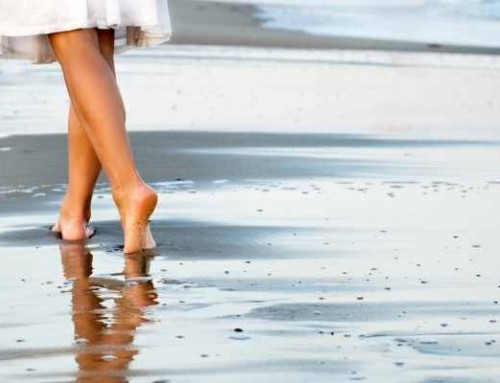Tingling in hands caused by cycling (ulnar nerve entrapment)
By Carrin LaCoppola, SPT
What is the Ulnar Nerve?
The ulnar nerve is a branch of the brachial plexus that travels from the neck down the arm through the elbow and wrist into the hand. As the ulnar nerve crosses the wrist and enters the hand it passes through the Guyon canal and splits into a deep branch and superficial branch. The ulnar nerve and its branches are responsible for innervating the muscles in the hand and some parts of the forearm. It is also responsible for innervating the sensation of the skin in half of the ring finger and the little finger (4th and 5th digits).
Where can this nerve become entrapped?
The ulnar nerve can get entrapment or compressed at the elbow or the wrist when there is prolonged or repetitive pressure to the area. When the ulnar nerve is compressed at the wrist, it is occurring more specifically at Guyon’s canal. This canal or tunnel is formed by 2 small bones in the hand that are connected by a ligament, allowing the ulnar nerve and artery to travel through it and enter the hand. When the ulnar nerve is compressed or entrapped at Guyon’s canal it can be known as Guyon Canal Syndrome, Ulnar Tunnel Syndrome, or Handle-Bar Palsy. This compression of the ulnar nerve can be very common in cycling from the prolonged pressure on the palm from gripping the handlebars. Due to the changes of riding position and the shape of handlebars made over the years, even a single bicycle ride can cause a lesion to the deep ulnar branch. Down hill riding especially where there is a large amount of the body weight being supported by the hand on the corner of the handlebar leading to a high load at Guyon’s canal. Additional causes other then cycling include:
- Repetitive motions that puts pressure on the palm such as weight lifting
- Excessive gripping, twisting, or repeated wrist and hand motions
- Trauma to the area resulting in swelling or fracture to the bones in the hand that form the Guyon Canal
- Soft tissue tumor, usually a benign (noncancerous) cyst which originates from the wrist joint
Symptoms of Ulnar Nerve Compression:
Symptoms usually gradually develop over time, starting with increasing feeling of pins and needles in the 4th and 5th digits and palm of the hand, progressing to numbness. Symptoms can progress to a burning sensation in the wrist. Weakness of the hand can occur making it difficult to grip objects and perform activities such as opening jars, holding heavier objects, and even making it difficult to spread your fingers apart or pinch. Symptoms can be a mixture of motor and sensory, they can be purely motor impairments, or purely sensory.
Physical therapy can address many of the symptoms described to help get you back to cycling or everyday activities. Physical therapy can help improve any strength or grip limitations in the hand, improve wrist ROM, improve sensation and decrease numbness by assisting the nerve to glide smoothly through Guyon’s Canal. Physical therapy can also teach you ways to manage your symptoms at home.
References:
- Houston Methodist. Houstonmethodistorg. 2017. Available at: http://www.houstonmethodist.org/orthopedics/where-does-it-hurt/hand/guyons-canal-syndrome/. Accessed March 10, 2017.
- Ulnar Tunnel Syndrome of the Wrist-OrthoInfo – AAOS. Orthoinfoaaosorg. 2017. Available at: http://orthoinfo.aaos.org/topic.cfm?topic=a00025. Accessed March 10, 2017.
- Capitani DBeer S. Handlebar palsy – a compression syndrome of the deep terminal (motor) branch of the ulnar nerve in biking. Journal of Neurology. 2002;249(10):1441-1445. doi:10.1007/s00415-002-0864-4.








